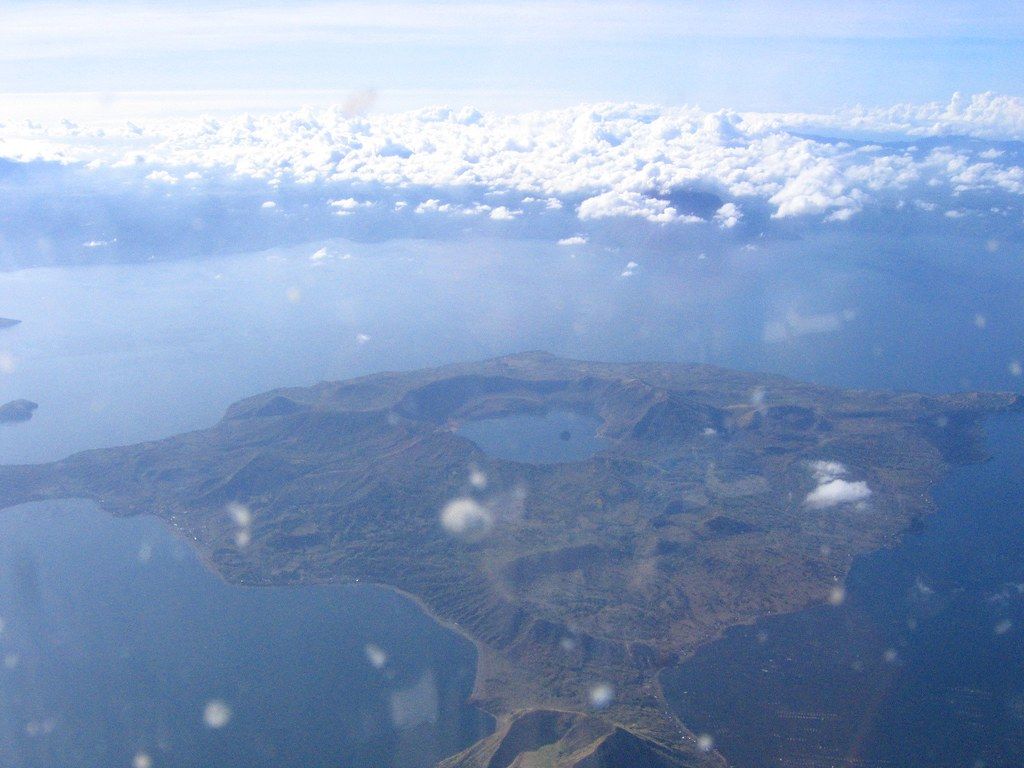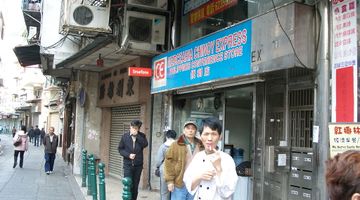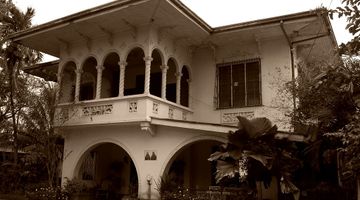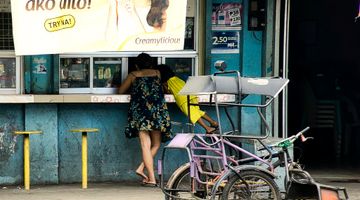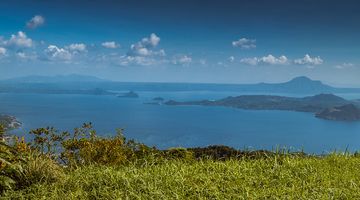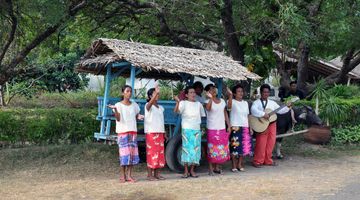Olango Island Travel Guide
In a nutshell
Olango Island is the largest island in a group of islands and islets collectively referred to as the Olango Island group.
Comprised of Olango and 6 smaller islets (Camungi, Pangan-an, Caohagan, Nalusuan, Gilutonan, and Sulpa) the Island is located in Cebu Province and is approximately five kilometres east of Mactan Island. Around 25,000 people live on the islands.
Why go to Olango Island
Olango is best known for its bird sanctuary and its dive sites; Olango features some of the most extensive reefs in the Philippines.
When in Olango, you won’t want to miss the Olango Island Bird Sanctuary, which provides a safe place for migratory birds coming from and going to Russia, China and Japan. The sanctuary spans almost 1,000 hectares and you’ll be guaranteed sightings of rare and beautiful water bird species like plovers, sandpipers, and egrets. 97 different types of birds can be spotted on the island, about half of which are migratory. Much of the sanctuary is in mangrove swampland and unfortunately, where there are mangrove swamps, there are usually mosquitos so be sure to bring bug repellent. The best time to check out the birds is at high tide, which changes depending on the season, so look at the tide charts before you go. It costs PHP100 for a ticket to get into the sanctuary but the prices are cheaper if you are a local Filipino.
If you’re tired of spending time on land and itching to get into the water, then Olango offers three separate world-class dive sites.
The first is called Mabini Point, which is located on the northern part of the island. It’s best for experienced divers because the currents at the point can be strong.
Baring is a dive site near a reef on the north-western side of the island where tuna, shark and barracuda are common sightings.
A bit south of Baring you will be able to find Santa Rosa, which is the shallowest of the three sites. It’s good for catching glimpses of smaller fish like snappers, angelfish, and various members of the jack family. If you’ve done all three of these dives and still want to spend more time underwater, it’s possible to hire a boat to take you to some of the smaller, uninhabited islands, which also have good diving sites.
When to go to Olango Island
Olango maintains a tropical climate year-rout and the largest fluctuation between highs and lows is typically three degrees Celcius. The driest months are from January to April, and the dry season can last all the way into mid-May some years.
Where to stay on Olango Island
Unfortunately, budget accommodations haven’t really made it to Olango yet. It’s not really possible to find a bed for less than PHP1000 nightly. It’s reasonable to expect that once the island becomes more and more popular with tourists, budget options will begin to pop up.
That said, there are some very nice options which, though expensive, are pleasant places to stay. Tripoli’s Homestay mixes the idea of a homestay with a resort and rooms begin at PHP2000. Some of the rooms feature sea views and falling asleep to the sounds of the ocean are very peaceful to fall asleep to.
Talima Beach and Dive Resort is the island’s more well appointed option with rooms starting at PHP1800 nightly. The hotel features massages, swimming pools and its own private dive centre.
Sagastrand Beach Resort and Restaurant is also a high-end hotel with a beach, private swimming pool and a restaurant with both local and Western dining options. Rooms at Sagastrand begin at PHP2000.
Where to eat in Olango Island
Dining options are limited. There are not many restaurants that serve Western food outside of the resorts, and most of the island’s restaurants are geared towards its locals. This can either be a dream or a nightmare, depending on what kind of traveller you are. In any event, prices at the island’s restaurants are generally pretty cheap because they are designed to fit a Filipino budget. The few restaurants that do serve western food are a handful of floating restaurants, which are generally pretty tacky and expensive.
Similarly, nightlife is rather limited. While some of the resorts feature bars, there are no clubs or dance halls on the island. You can also buy alcoholic beverages at any of the grocery or convenience stores on the island, which will be cheaper than at the resorts. Because eating and drinking options are relatively small, there is also the option to make it a day trip from Cebu which many tourists and which your hotel in Cebu can arrange for you.
How to get around Olango Island
To get around the island, the most popular option is the pedicab, which is essentially a motorcycle attached to a sidecar, and the passenger rides in the sidecar. Though it’s a different transportation system than others you might be accustomed to in the Philippines, the cost is generally around the same as a jeepney, and sometimes a bit less expensive.
You can also rent a motorbike on the island in the neighbourhood PHP300, but be sure you know how to drive one first!
How to get to and from Olango Island
There is no airport on the island, and you must arrive by boat.
A journey from downtown Cebu to the ferry terminal costs PHP300. Or, if you want to arrive at the terminal from Cebu airport, it’s significantly closer and will be cheaper at around PHP30.
It takes about 20 minutes in the boat from Cebu island to Olango. The ticket costs PHP20 and the boats run twice every hour. It’s not a luxury cruise experience and sometimes, the combination of a bumpy ride with the heat and the exhaust fumes can make for an uncomfortable time but it’ll all be over shortly!
Is Olango Island a safe place to visit?
Olango is a perfectly safe destination in the Philippines. There is no tension between locals and the government, no terrorism or insurgency like in other parts of the Philippines, and tourists are most likely to be injured from car accidents or bad seafood! The sun is quite strong, even when it’s cloudy out and it’s best to use SPF 30 at least.

